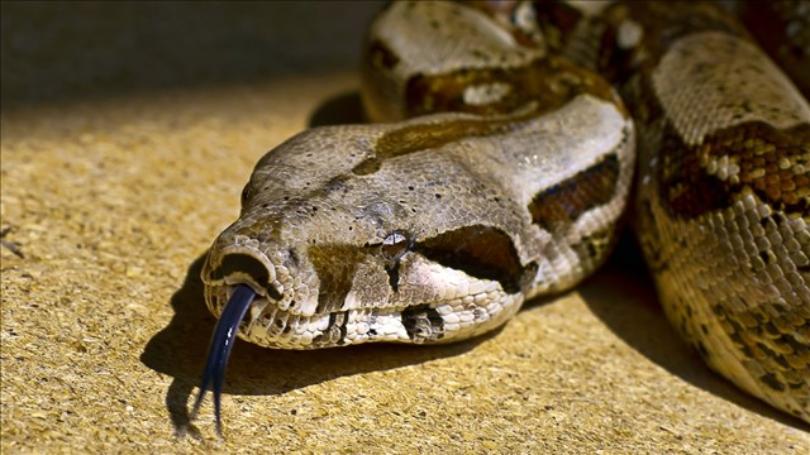


"The back sections are avascular or 'saccular', much like a simple balloon, and are used primarily for ventilation and moving air." "These long lungs are also interesting in that only the front regions do gas exchange," Dr Capano said. In many snakes, the smaller left lung is basically vestigial - it's evolved to a point where it has little to no purpose, and all gas exchange happens with the longer lung. The longer lung occupies around 30 per cent of the body length in boas, and as much as 80 per cent of the body length in some colubrids and elapids, according to the study's lead author John Capano from Brown University in the United States.Ĭolubrids and elapids are rear-fanged and front-fanged snake families respectively, and most Australian snakes fall into one of these two families.īasic anatomy of a snake, where 4 indicates the smaller (left) lung and 5 the larger functional lung. Instead, they've evolved one shorter and one very long lung in series. How do snake lungs work?īecause of their stretched out, elongated form, snakes' lungs aren't located side to side like ours. The answer, according to today's research, is modular lung ventilation.īut to get an idea of what that means, we've first got to step back a bit and cover off some basic snake anatomy. So the question for biologists has been, how do snakes like the boa constrictor continue using their ribs to pump their lungs with a massive meal in the way, or when they're constricting a future meal? Would you like fries with that? ( Getty Images: Jeds Pics)


 0 kommentar(er)
0 kommentar(er)
